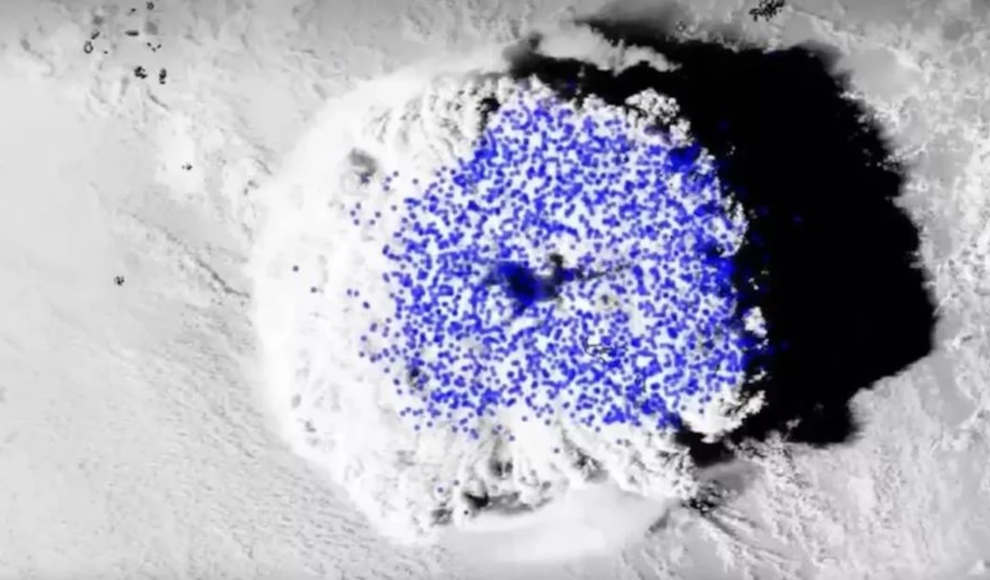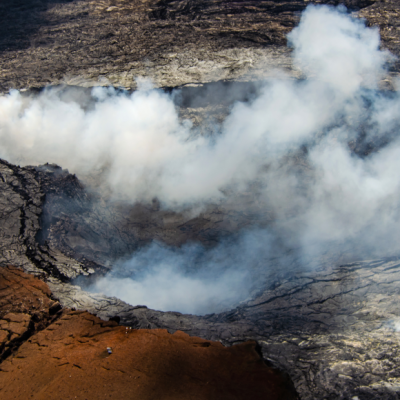The eruption of the Hunga Tonga-Hunga Ha’apai volcano on January 15, 2022, is one of the most significant volcanic eruptions observed by humanity. The eruption column reached a height of 58 kilometers, emitting substantial amounts of dust into the Earth’s atmosphere. However, according to a study by the Chinese Academy of Sciences, this dust cooled the Earth less than expected. A recent study by the Cascades Volcano Observatory (CVO) reveals that the volcanic eruption also caused the most massive thunderstorm ever recorded. The eruption generated approximately 200,000 lightning strikes within the volcanic cloud, with a peak of 2,600 lightning strikes per minute.
The explosion of the underwater volcano in the southern Pacific triggered a massive cloud of ash, water, and volcanic gases, making it difficult to observe the events via satellite. The CVO researchers combined high-resolution lightning data from four different sources to gain a more detailed insight into the volcanic cloud and the eruption’s progress. With the data, they identified new phases in the eruption’s life cycle and gained details about the unusual weather phenomena. The researchers used light and radio wave sensors to track the movement and height of the lightning during the eruption. In total, over 192,000 lightning strikes were recorded, consisting of almost half a million electrical discharges, reaching a peak of 2,615 lightning strikes per minute.
The understanding of the relationship between lightning intensity and eruption activity can improve the monitoring and prediction of aviation-related risks during a massive volcanic eruption, including the formation and progress of ash clouds. This can improve early warning systems and keep planes and people out of danger zones. The Hunga eruption also showed a form of volcanism known as phreatoplinian, which was previously only known from geological sources and had never been tracked with modern instrumentation. The Hunga eruption fundamentally changed this.










